Sustainable wellbeing and green living
Let's find ways to Flourish!
My Green Kitchen Renovation
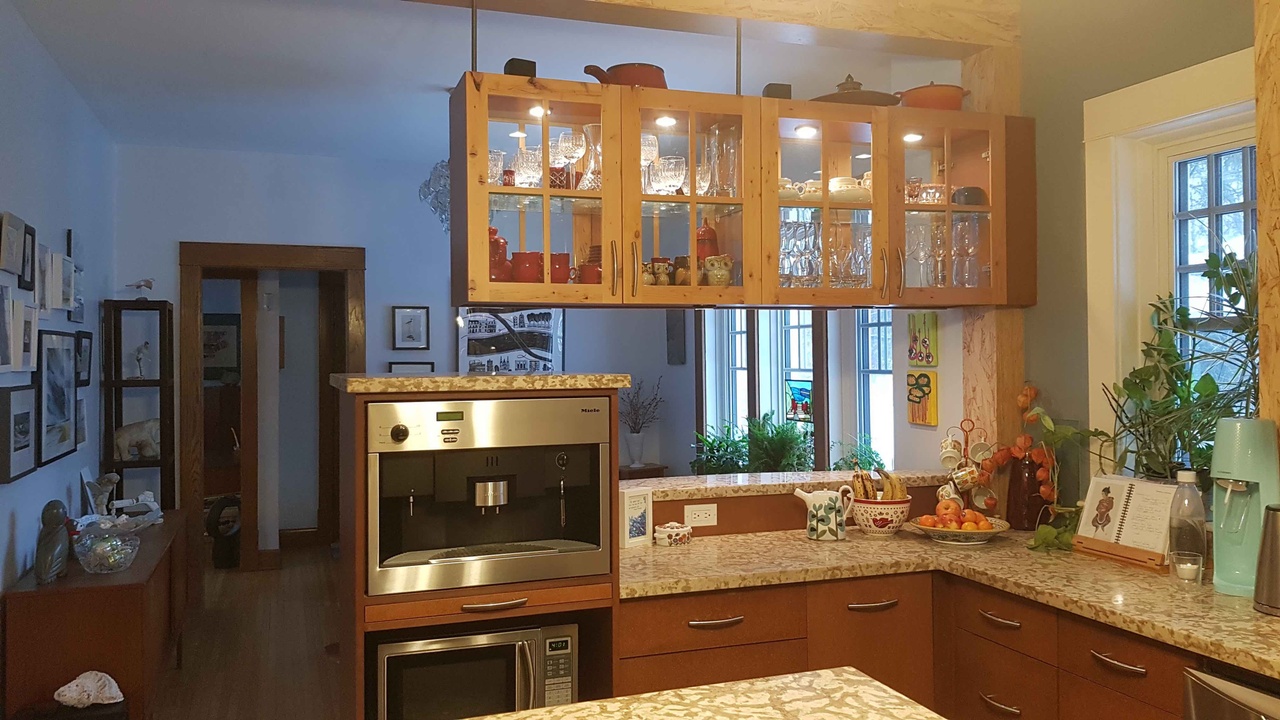
It was back in 2006 when my husband A.J. and I began to have the big discussion, as many couples eventually do...should we renovate?
Our house was built in 1918 and had many benefits of an older home such as quality craftsmanship, durability and lovely old trees lining the street. However, it also had some of the downsides of older homes, including a kitchen that was separated from the dining room by a wall and a rather poorly done upgrade that was at least a few decades old.
So, we decided to dive into the project and do a renovation of the kitchen, including opening it up to the dining room and doing it as sustainably as possible! I was already teaching sustainability and working in the field, so I knew that I wanted to do something that reflected these values.
And we knew that we wanted to achieve a more functional space, as most of the cupboards and appliances were all clustered in one corner. The cupboards were from about the 1950s or perhaps earlier, and every time you opened ...
How to build Climate Resilience

Climate change is already underway despite any efforts we may take to mitigate its impact or cease environmentally-destructive behaviours and activities.
This means that we should not only be reducing our environmental impact, but become resilient to the impacts of climate change as well. Countries, cities, communities, and individuals need to be able to cope with extreme weather events, sea-level rise, and other climate impacts.

According to the Centre for Climate and Energy Solutions, climate resilience is “the ability to anticipate, prepare for, and respond to hazardous events, trends, or disturbances related to climate. Improving climate resilience involves assessing how climate change will create new, or alter current, climate-related risks, and taking steps to better cope with these risks.”
Resiliency really is key to building a safe and sustainable future.
Resilient cities and communities
Resiliency must be tackled at all levels. In the public realm, it is important for c...
What does climate resilient housing look like?
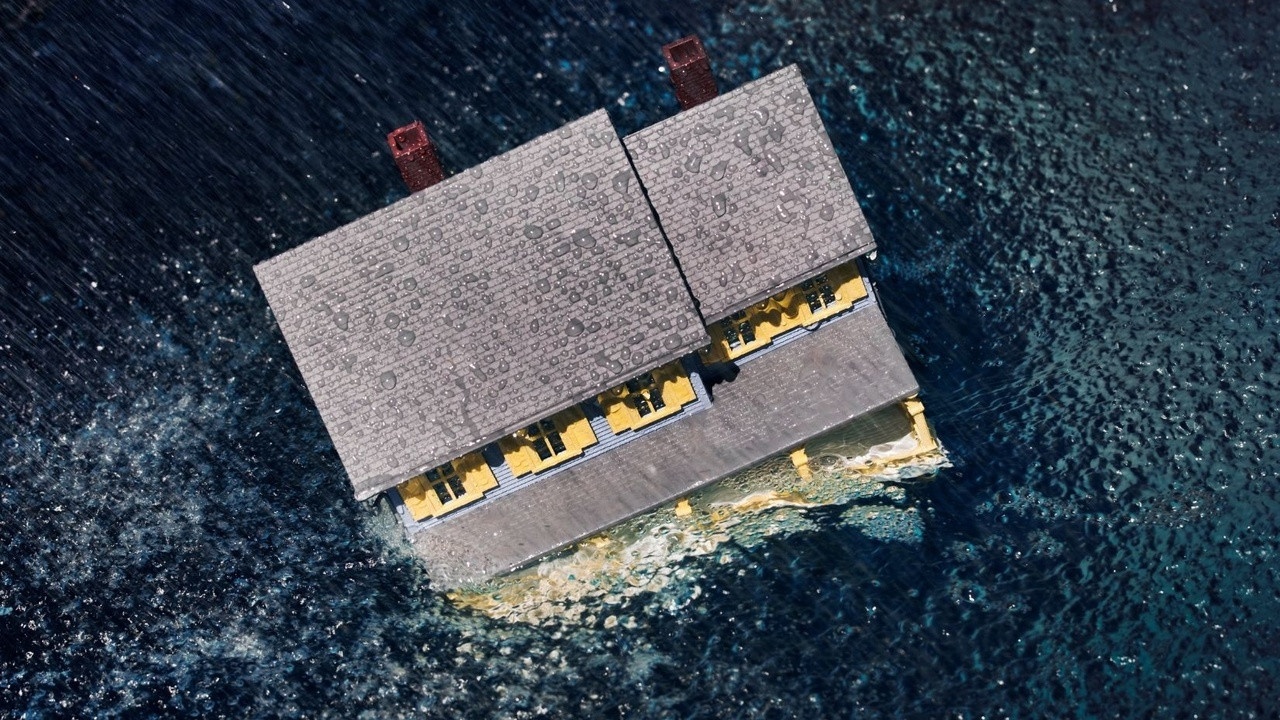
Housing is a great place to start when discussing and remediating our environmental impacts, as residential buildings, in combination with commercial buildings, are responsible for 36% of global energy use and 39% of energy-related carbon dioxide emissions annually.
The good news is that thanks to the green building movement, people are becoming more and more aware of the different ways in which we can minimize our environmental impact through design. For example, we can employ green building techniques such as rammed earth construction, passive housing, and passive solar.
However, designing for reduced environmental impact isn’t the only thing we should be considering when it comes to housing. On a global scale, humanity is experiencing the consequences of our environmental actions – climate change. We are seeing unusual and unpredictable temperatures, changing weather patterns, and more severe storms and natural disasters, as there is more energy in the atmosphere along with change...
Why we should emulate nature in design

Humans are influenced by nature in many different ways. One of those ways is through design. In many cases, we take inspiration from our natural surroundings when it comes to architecture, interior design, and many of our human-made inventions.
While taking inspiration from nature may be something as simple as utilizing natural colour schemes, nature-based design can also be much more complex. Take biomimicry for example.
Making design better!
Biomimicry is the reproduction of natural forms and their functions, to make human-designed objects and machines more efficient. According to the Biomimicry Institute, biomimicry is “an approach to innovation that seeks sustainable solutions to human challenges by emulating nature’s time-tested patterns and strategies.”
Some quick examples of biomimicry include:
- Increasing the efficiency of wind turbine blades, airplane wings, and propellers by mimicking the bumps seen on the front edge of a whale fin.
- Decreasing the noise level of Japan ...
The bliss of biophilia - indoors!
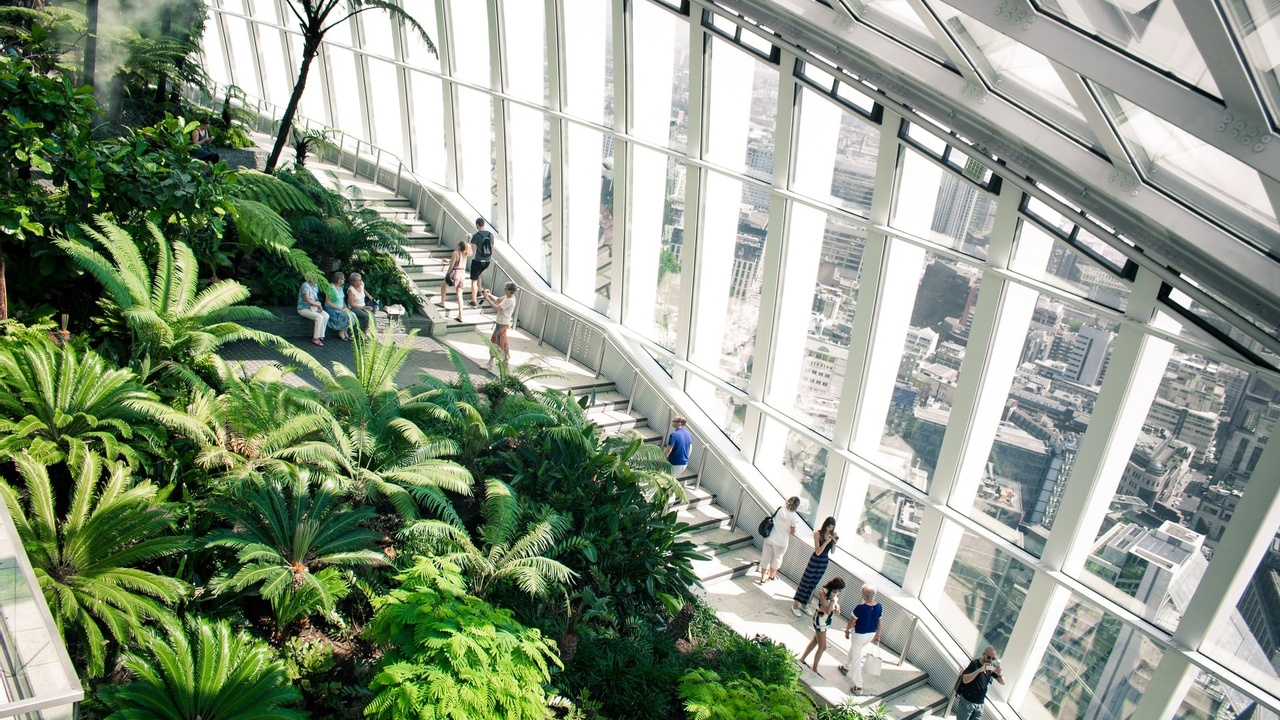
Why is it that plants, windows with views of greenspace, nature-depicting art pieces, and other natural elements brighten up our indoor environments? Given the choice, most people prefer to spend time in a room that contains these elements instead of a room that is closed off to the outside world. In fact, access to daylight and the outdoors is even a requirement of humane-treatment in some situations like incarceration.
We know that spending time outside is good for our psychological and physiological health. As seen with activities such as gardening, forest bathing, and simply spending time outdoors, nature has restorative properties that we can all benefit from!
So, is it possible that we can access these benefits from indoor environments as well? The answer is yes! Biophilic design is a design strategy that incorporates natural elements into the built environment in order to increase human wellbeing.
Biophilic design is based on the concept of “biophilia” which aims to explain ...
An ancient building technique is gaining new fans: Rammed Earth Construction

Image Sourced From: Green Building Advisor
How familiar are you with construction methods and materials? The vast majority of buildings, both residential and commercial, are built around a frame made of dimensional lumber (standard 2x4 pieces of wood) or light-gauge steel. Other construction methods, such as bricks and reinforced or unreinforced concrete, are often used in conjunction with a frame.
However, these aren’t the only methods of construction available, nor are they the most environmentally friendly methods! For example, concrete has a significant environmental impact, as the cement industry is one of the main producers of the world’s CO2 emissions.
So, what other kinds of construction methods and materials are out there? Rammed earth is an ancient building technique that is just as applicable today as it was thousands of years ago. Not only is it applicable, but it also is sustainable and quite aesthetically pleasing. It is just one of many green building techniques. As b...
Passive Housing for Low Carbon Living
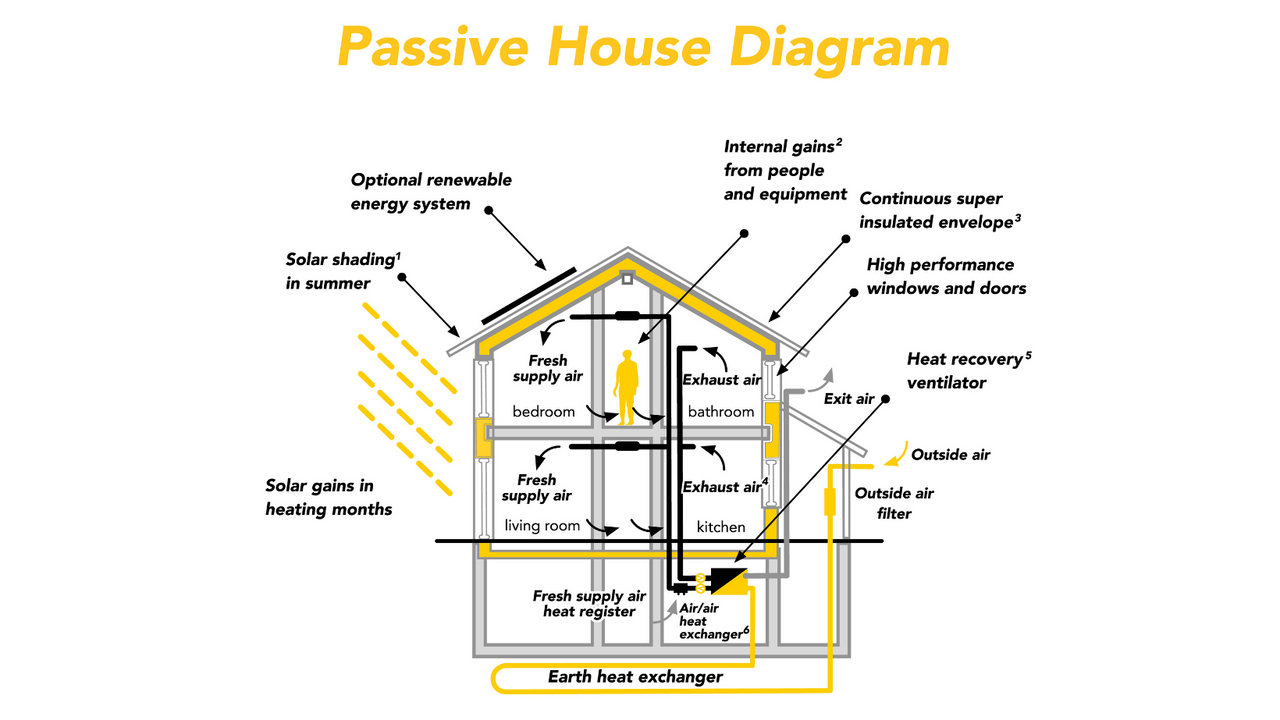
Buildings are an important piece of the sustainability puzzle, as residential and commercial buildings have significant environmental impact. For example, the United Nations Environment Program states that commercial and residential buildings are responsible for 36% of global energy use and 39% of energy-related carbon dioxide emissions annually. This means that we need to change not only the way we are currently living, but the structures in which we are living, working, and visiting as well.
While there are ways to make previously built buildings more sustainable through retrofits and energy efficient upgrades, it is also important to consider alternative ways of building in the first place, as new design techniques set precedents for a more sustainable future.

Passive House (also called Passivhaus in German) is a high-performance building standard that puts an emphasis on energy performance. Passive Houses consume up to 90% less heating and cooling energy than conventional build...
Greening Homes and Investing in People with BUILD
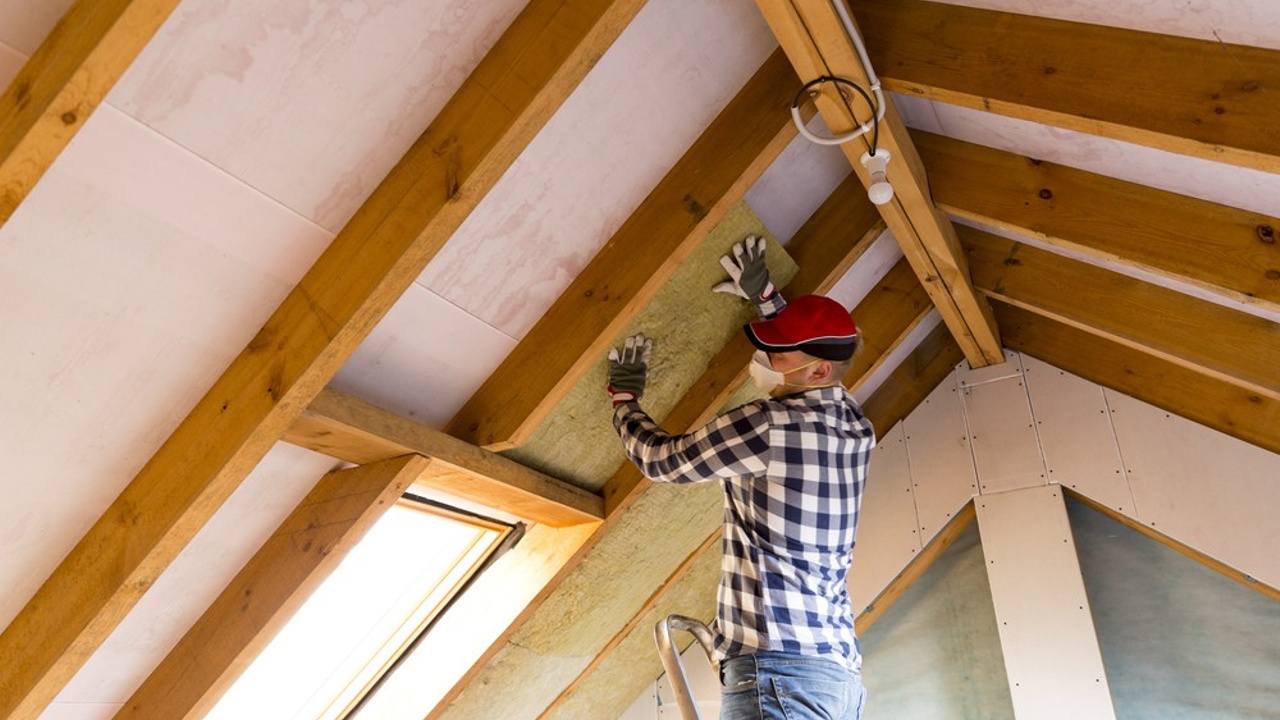
There are some organizations that are particularly close to my heart because they creatively tackle issues of Sustainable Wellbeing on multiple fronts. BUILD Inc. is one of these examples. They work towards long-term poverty reduction through skill development and employment while also working on green housing initiatives. It is beautiful and brilliant!
BUILD Inc. is a social enterprise non-profit contractor and training program that is based in Manitoba. BUILD, which is an acronym for Building Urban Industries for Local Development, aims to improve the sustainability of Manitoba public housing units through water and insulation retrofits.
Some of the services provided by BUILD include:
- Water saving retrofits
- Drain water heat recovery (which consists of using the heat from your shower water to heat your hot water tank)
- General plumbing work
- Maintenance (including simple repairs such as patching up holes and repainting, as well as deep refreshes of units)
- Cabinetry
- Insulation ...
Solar Walls
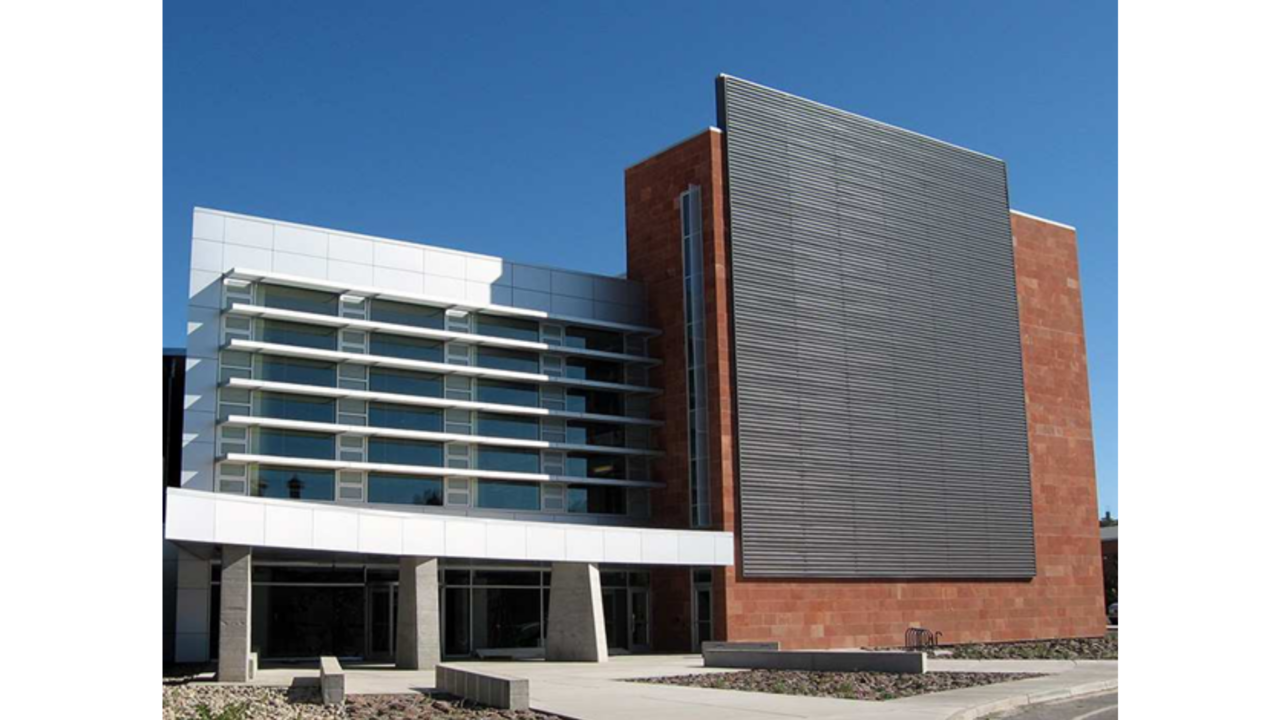
Image courtesy of SolarWall.com
You know how I love smart and low-tech green building solutions, and the Solar Wall is definitely up there in terms of benefit. It can easily pay for itself in a few short years and offers long term reduced heating costs by simply using the sun’s energy to heat incoming air in cold climates. It is nearly passive, with low-tech requirements. All you need is a sunny wall on a building, and the ability to integrate it with the heating and ventilation system.
How do they work?
The external portion of the solar wall consists of a metal cladding that is mounted on the exterior wall of the building, leaving a few inches of space in between the building and the metal cladding. The perforated metal solar cladding is fixed to the wall, creating a cavity between the two walls. It is in this cavity that the heating occurs.
Air between the building’s exterior wall and the metal cladding warms up when the sun hits it and this warm air naturally rises to the top of...
Restorative Spaces

Do you have a place in mind that is restorative to you? Perhaps it is spending time on the balcony on a warm day, or maybe it is a sunlit nook at your workplace. It turns out that spaces can make us feel restored and revitalized. A quiet space with a view of nature is often what feels restorative to us when we take the time to notice.
Although it may not always seem like it, our environments have the ability to impact our behaviours, thoughts, feelings, and emotions. For example, you may find that you tend to get tired and distracted from your work when you are working in your dimly lit and somewhat cramped home-office. On the other hand, your living room which is flooded with natural light and filled with comfortable furniture makes you feel uplifted and encourages you to sit and chat with family members or friends.
Whether you are at home, at work, running errands, or out at a restaurant or movie theatre, subtle characteristics of your surroundings will be able to influence your mo...

